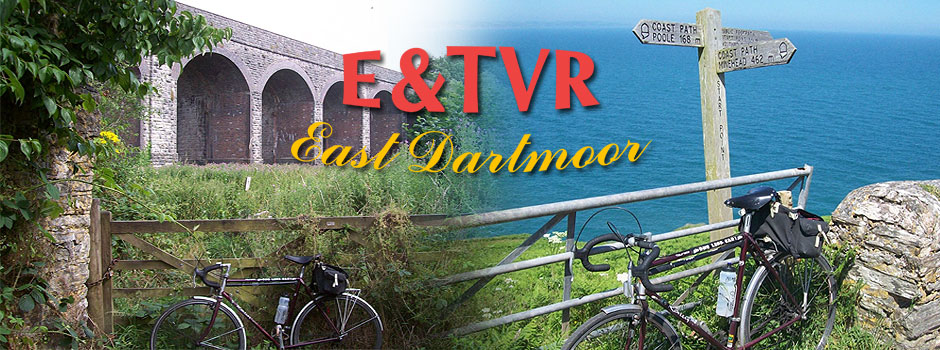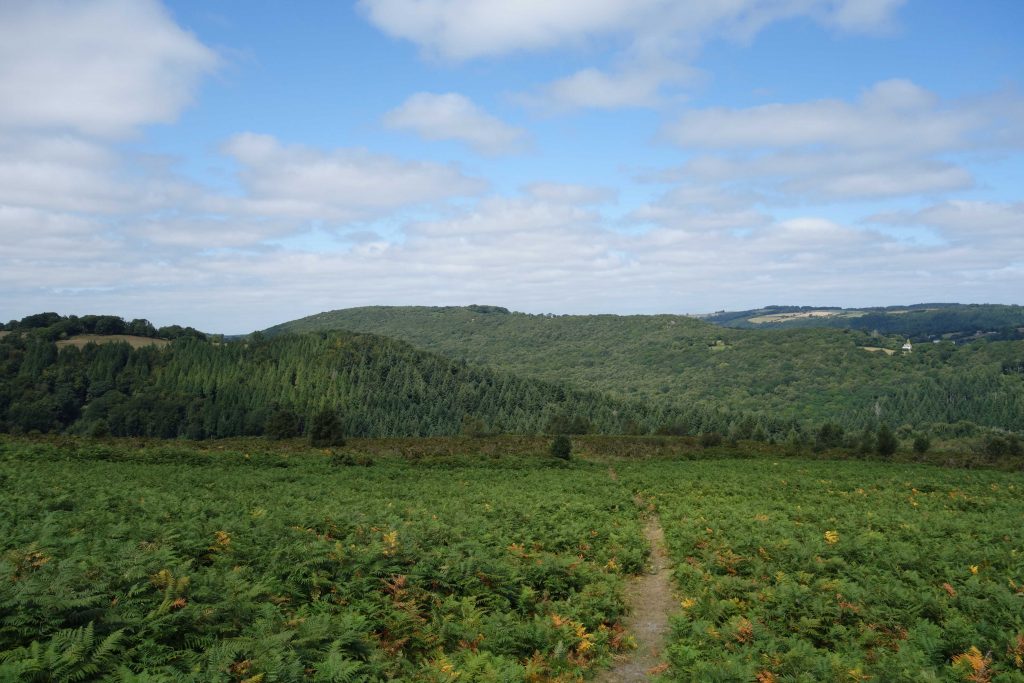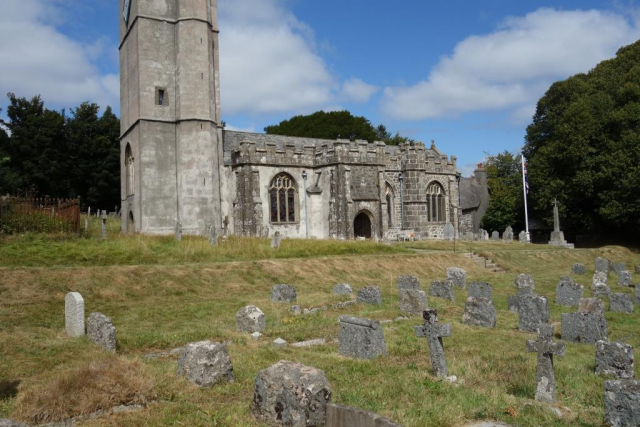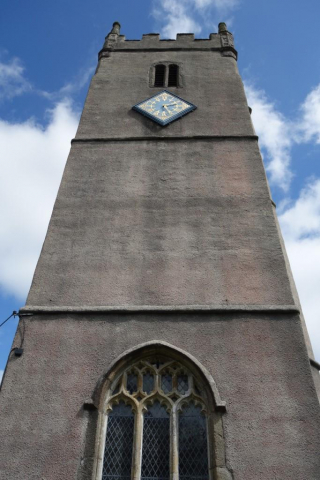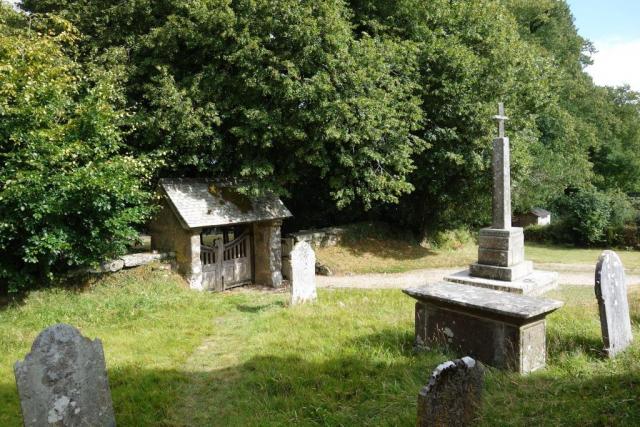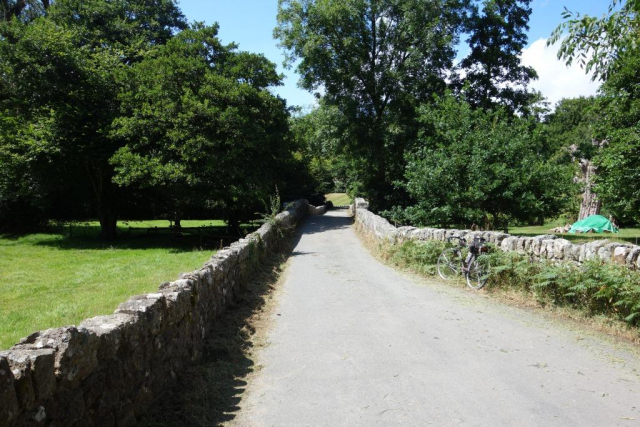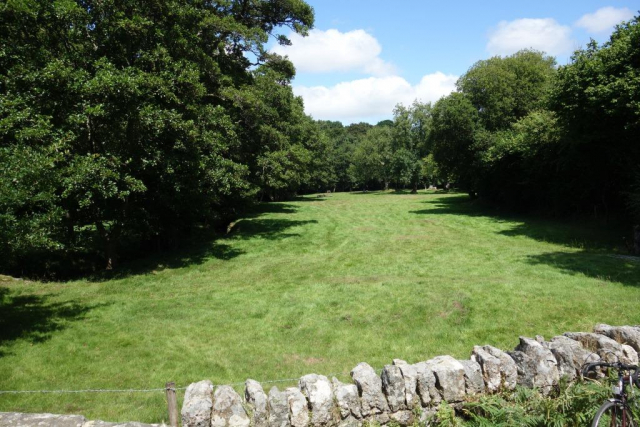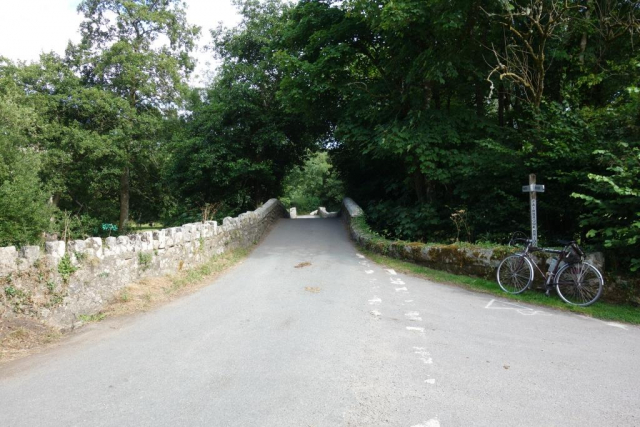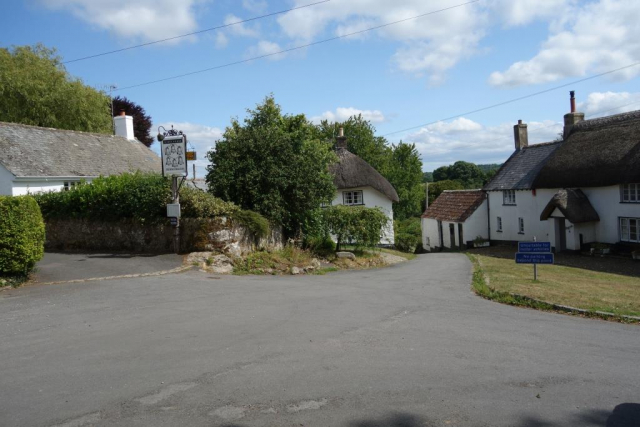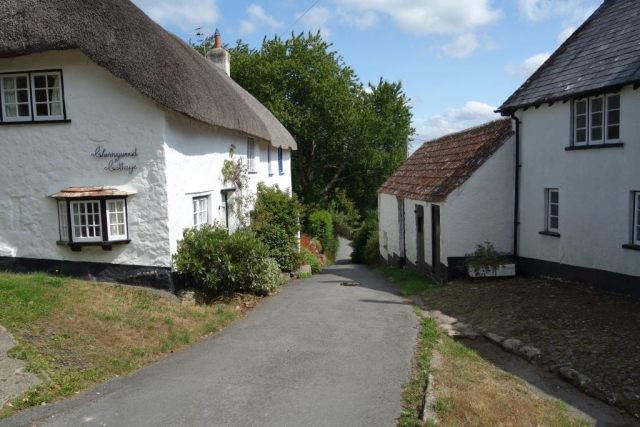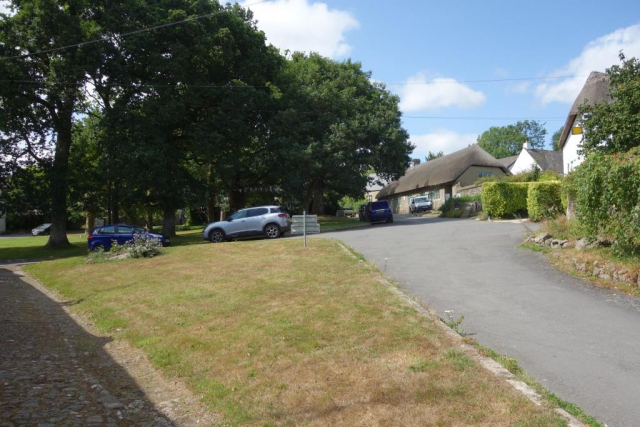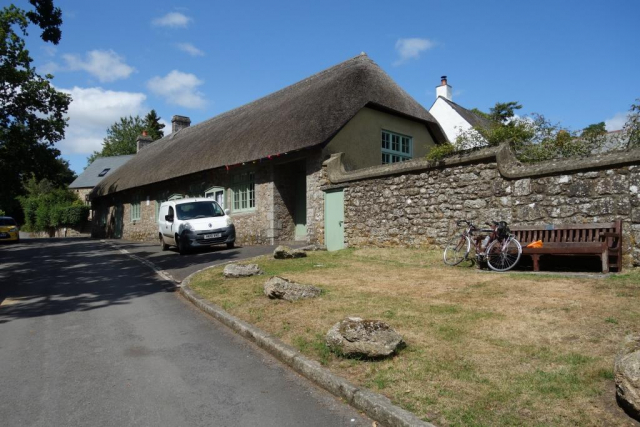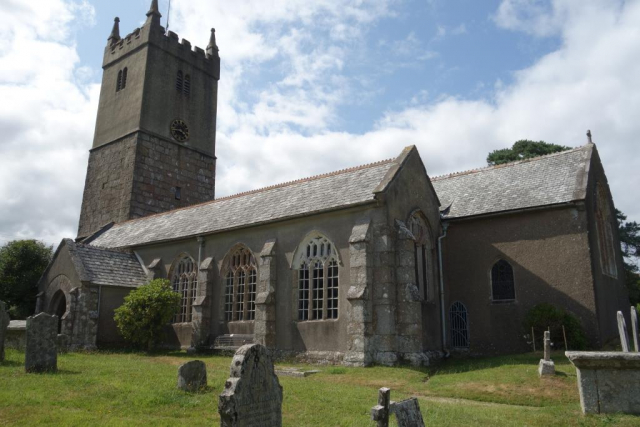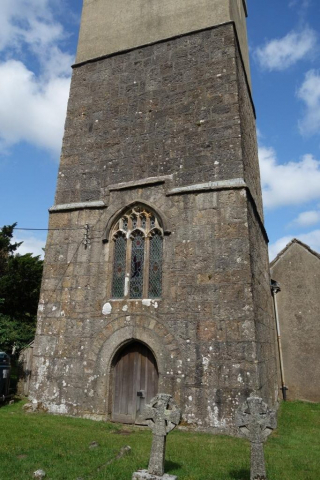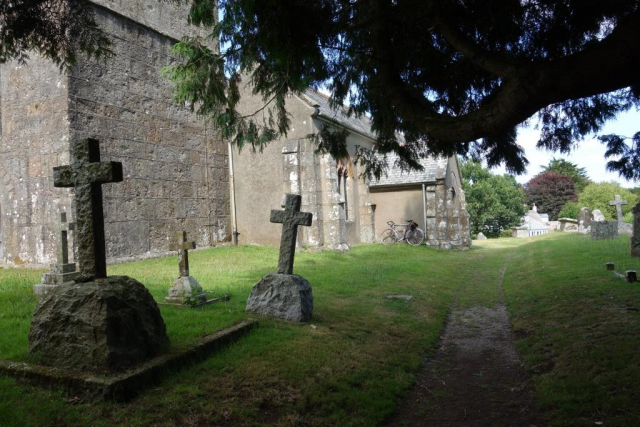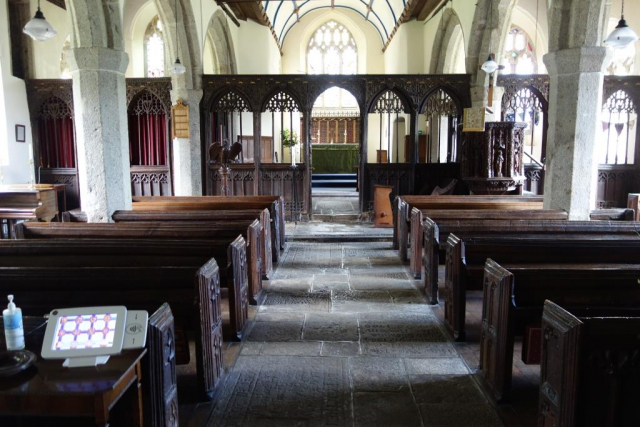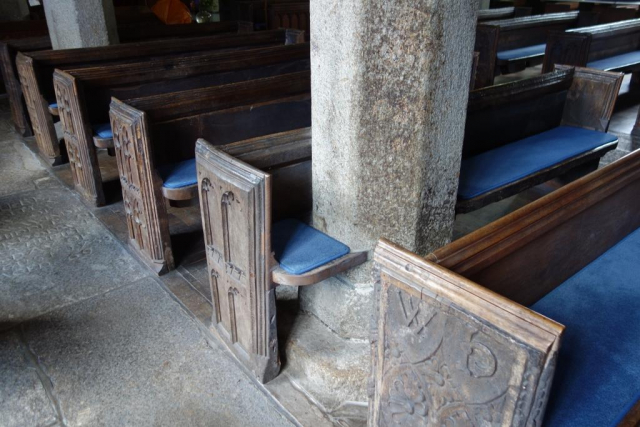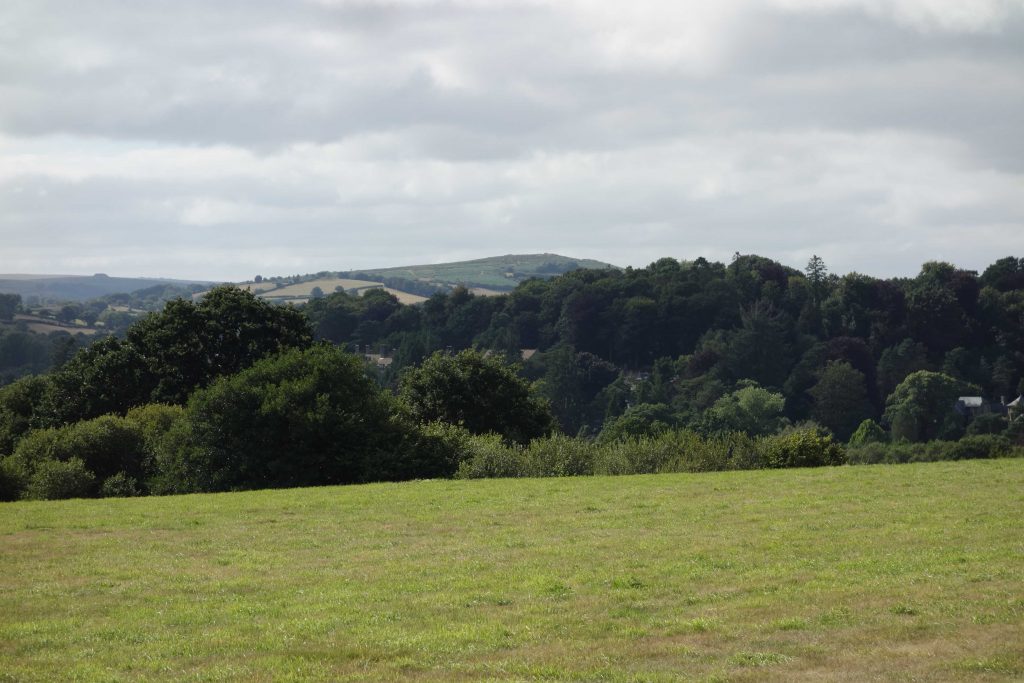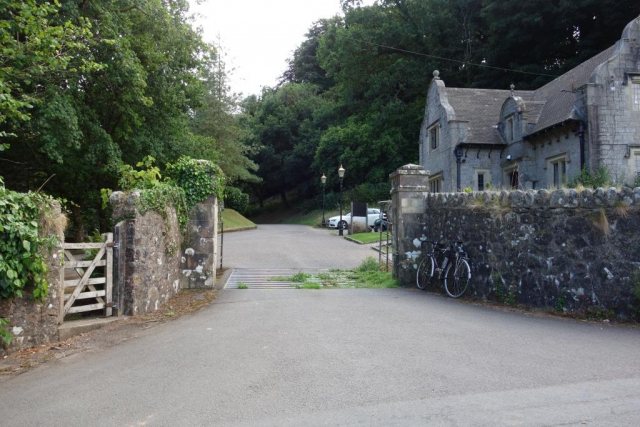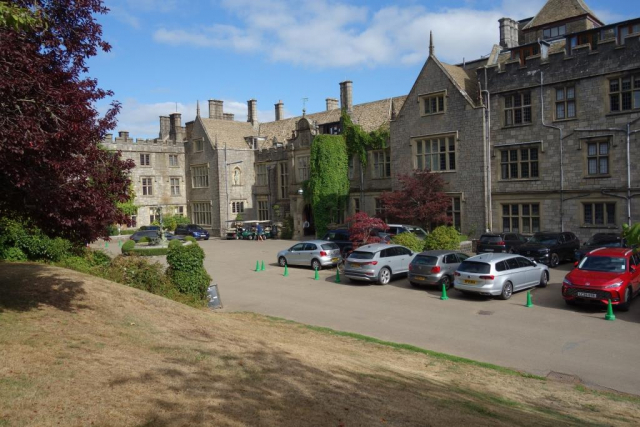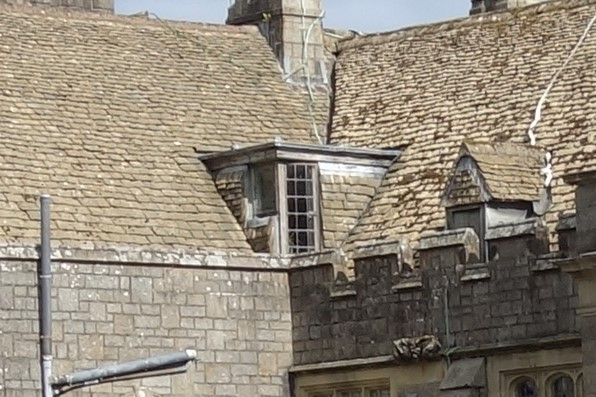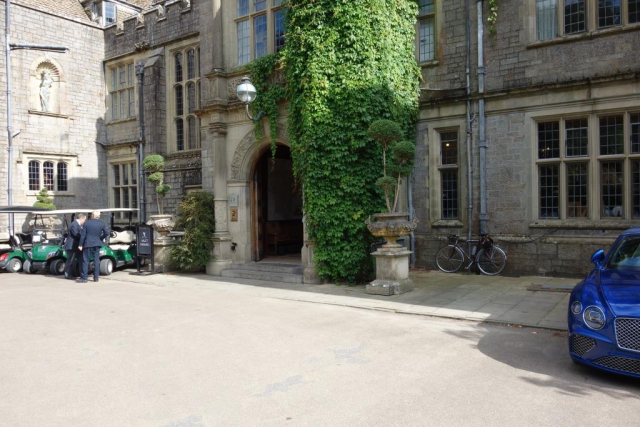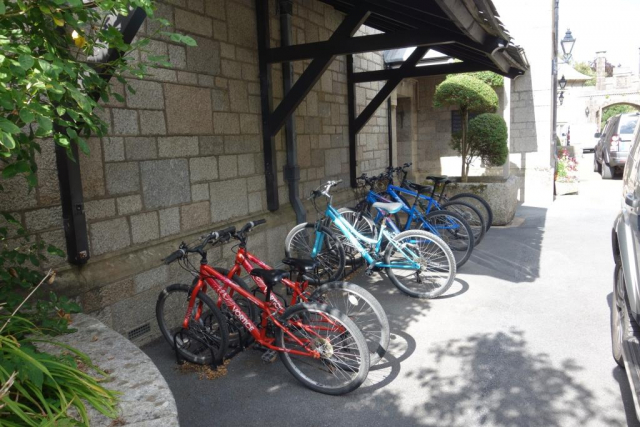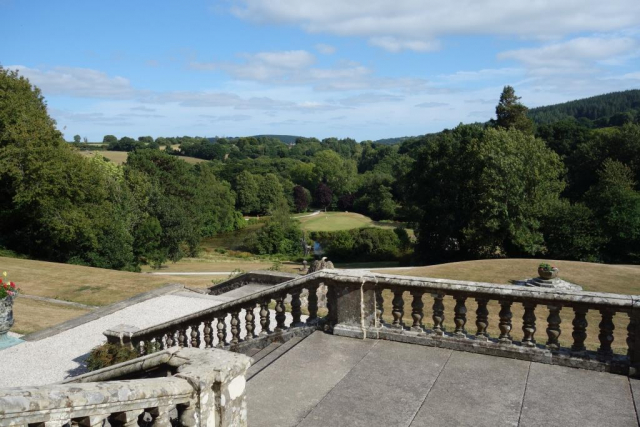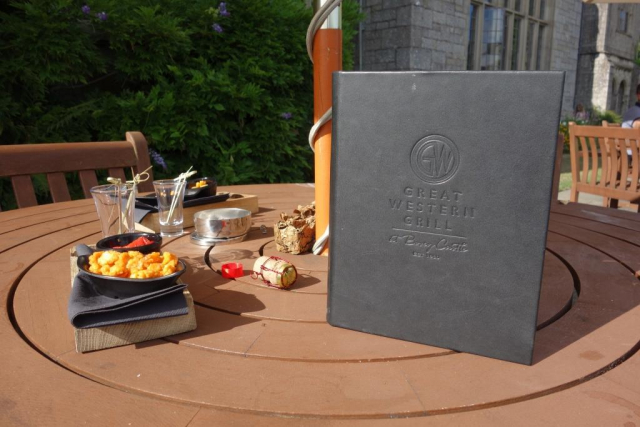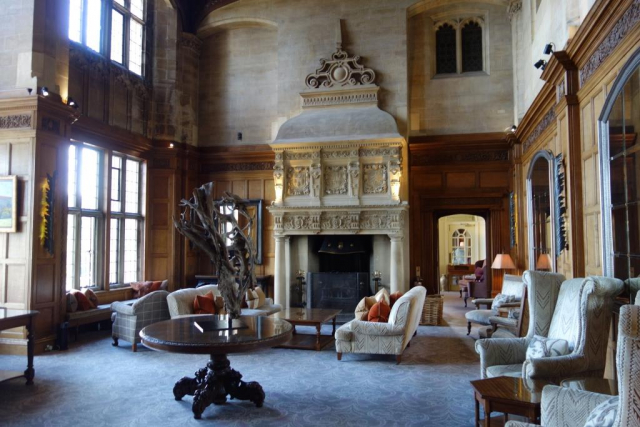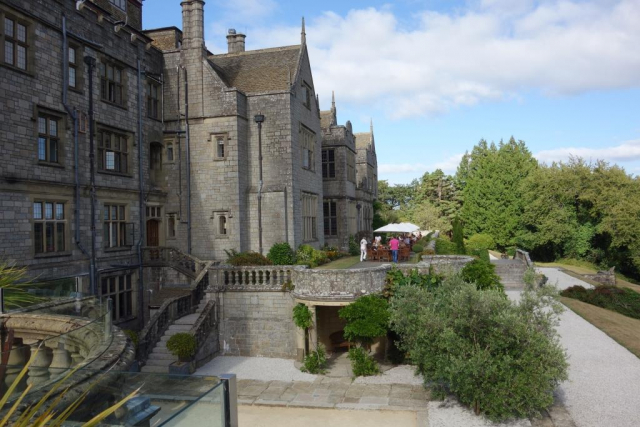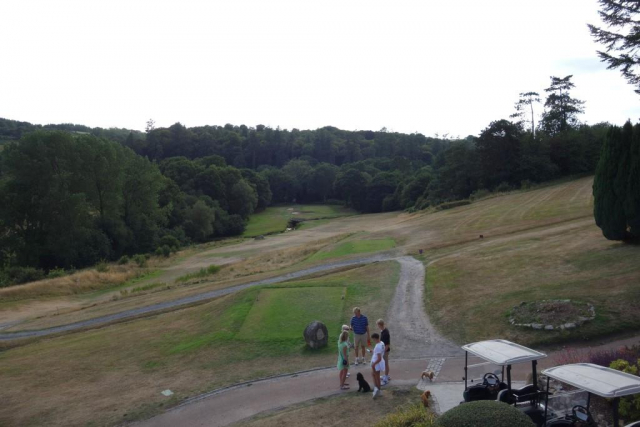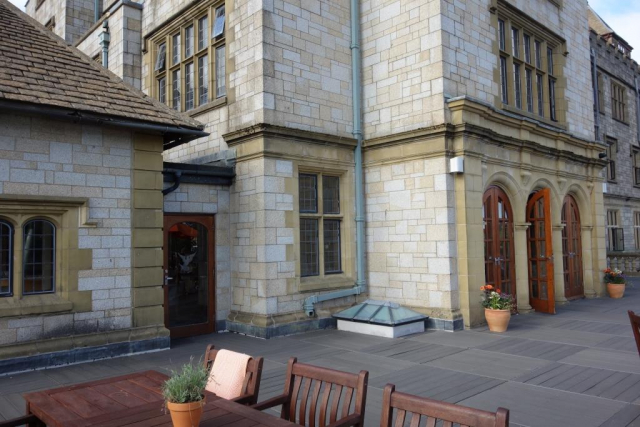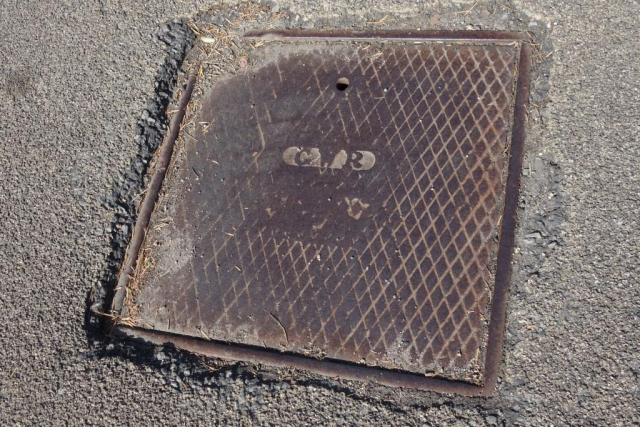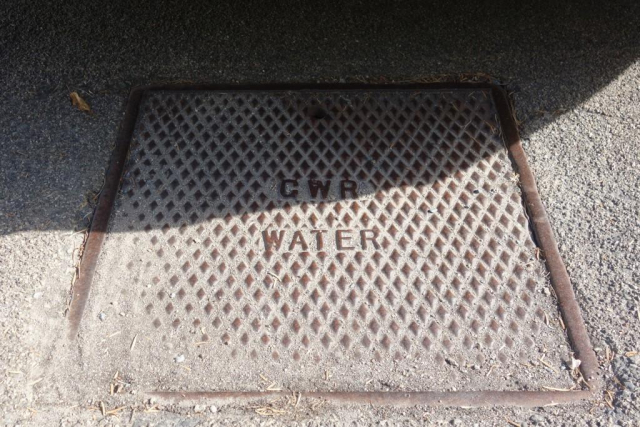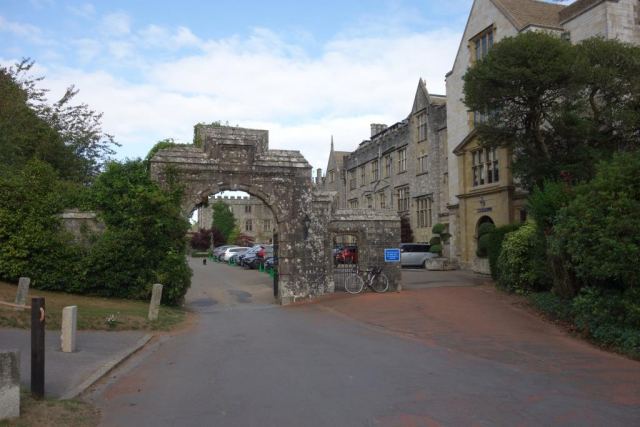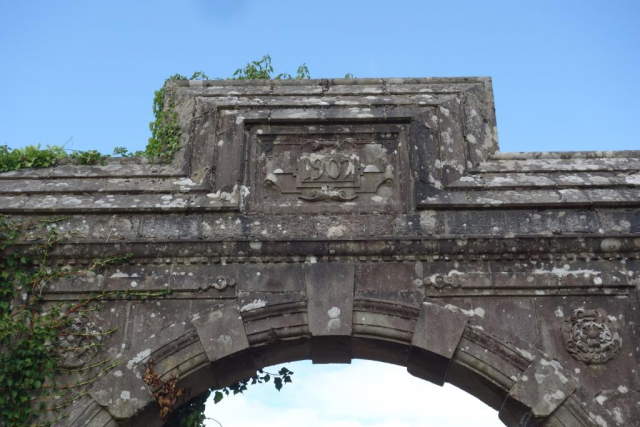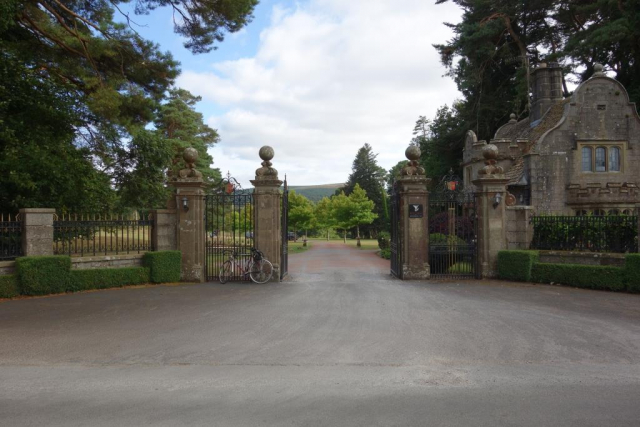The scout wanted to take a shot of the entrance to the former sanatorium at Hawkmoor to accompany his Moreton Branch piece. To avoid unnecessary climbing, he rode to Bovey and up the neighbouring valley.
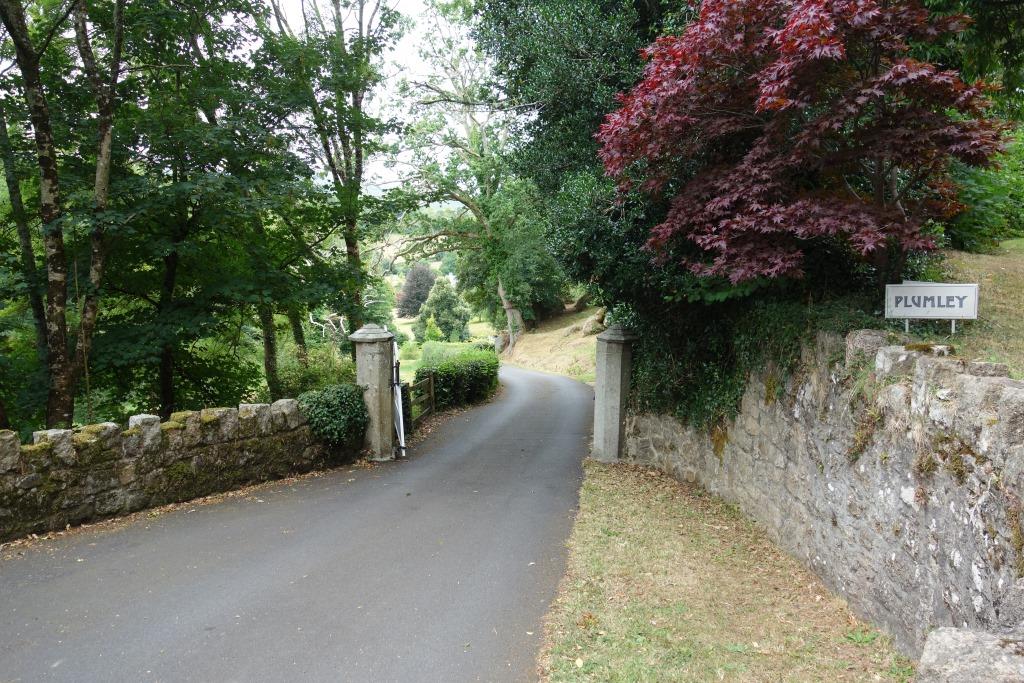
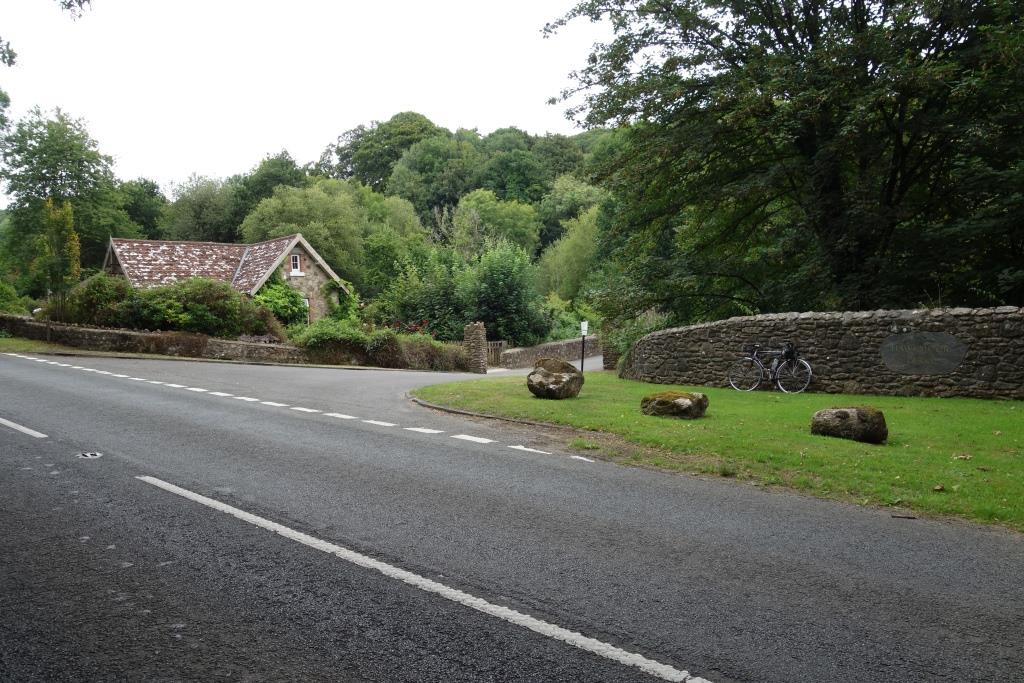
Long ago, the scout attended a one-day hedge laying course on the site, organized by National Park rangers.
The scout climbed to Slade Cross, moved after the road was straightened, and dropped down to the valley at little Packsaddle Bridge.
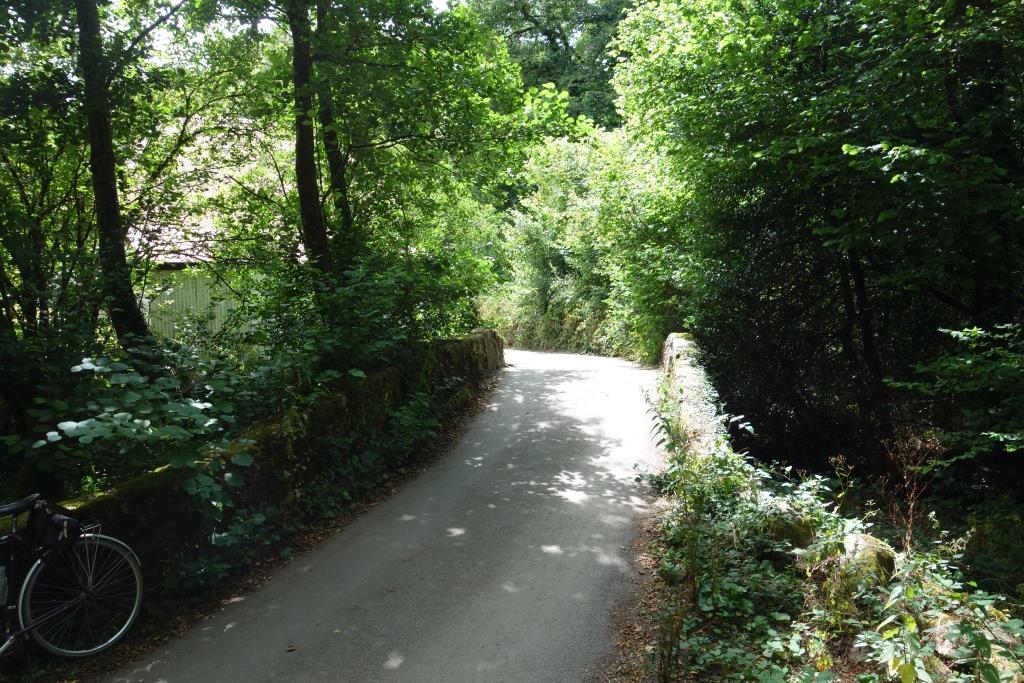
After crossing the Wray Brook and River Bovey in close succession, the scout climbed to join the Manaton road and continued to climb to Trendlebere Down.
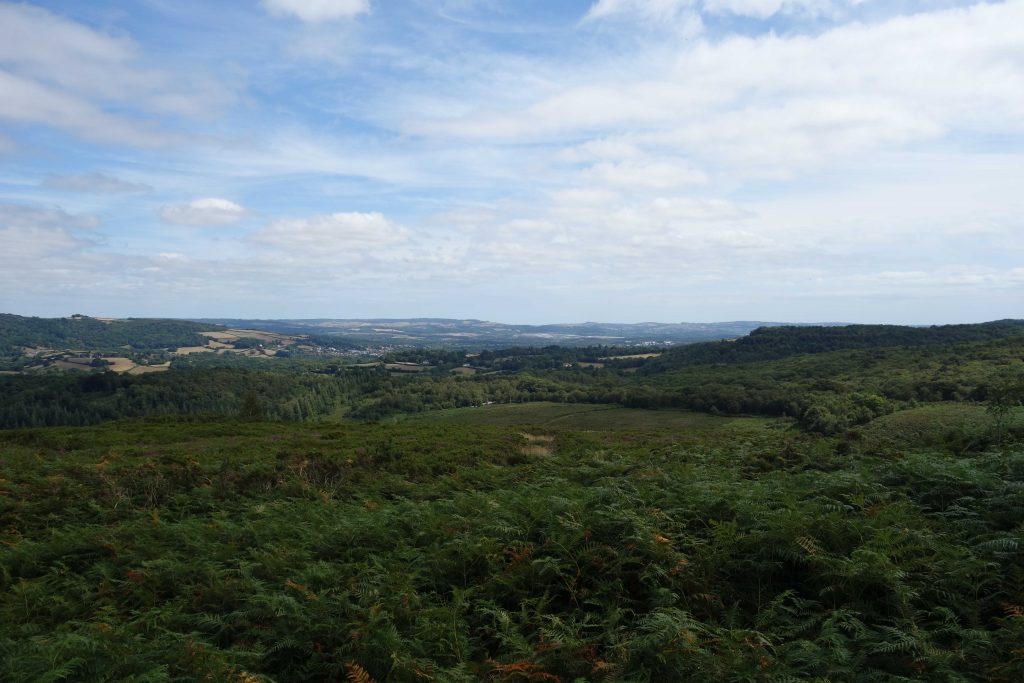
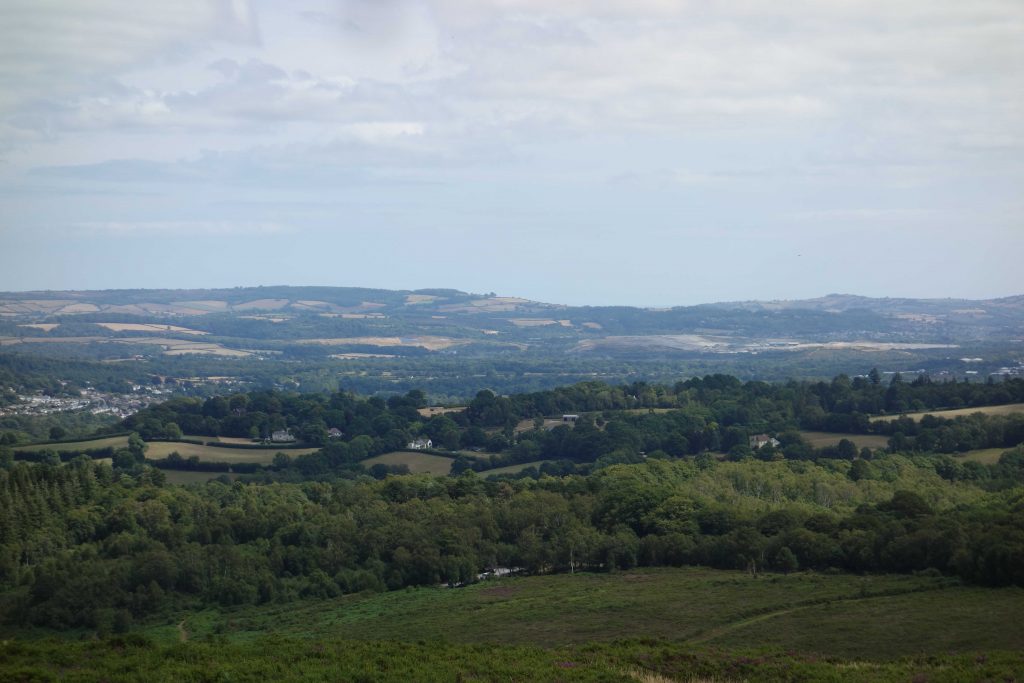
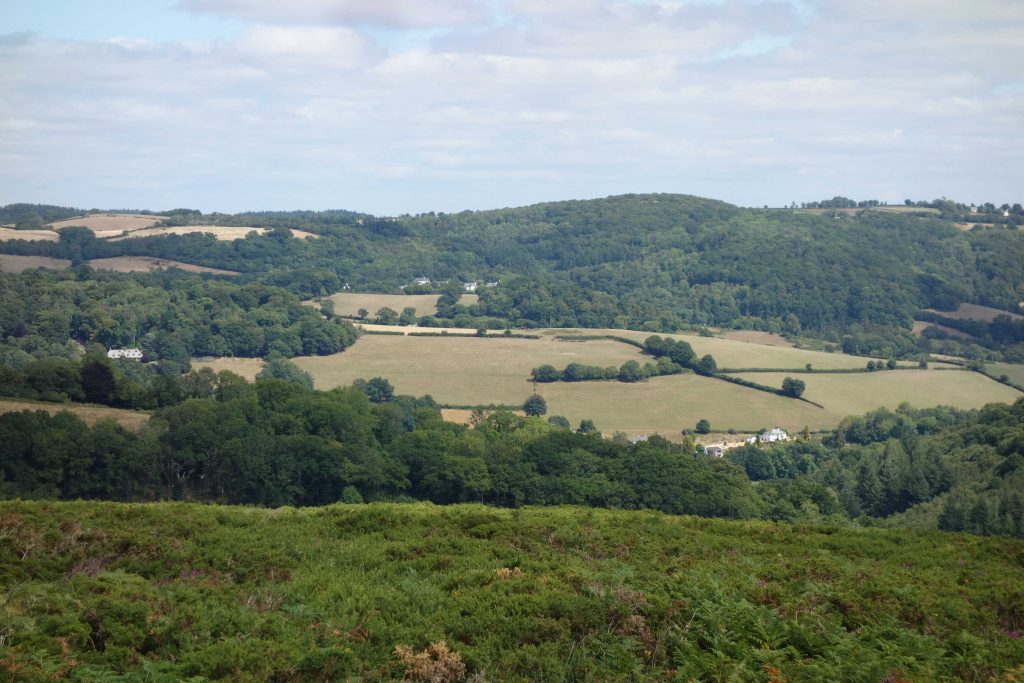
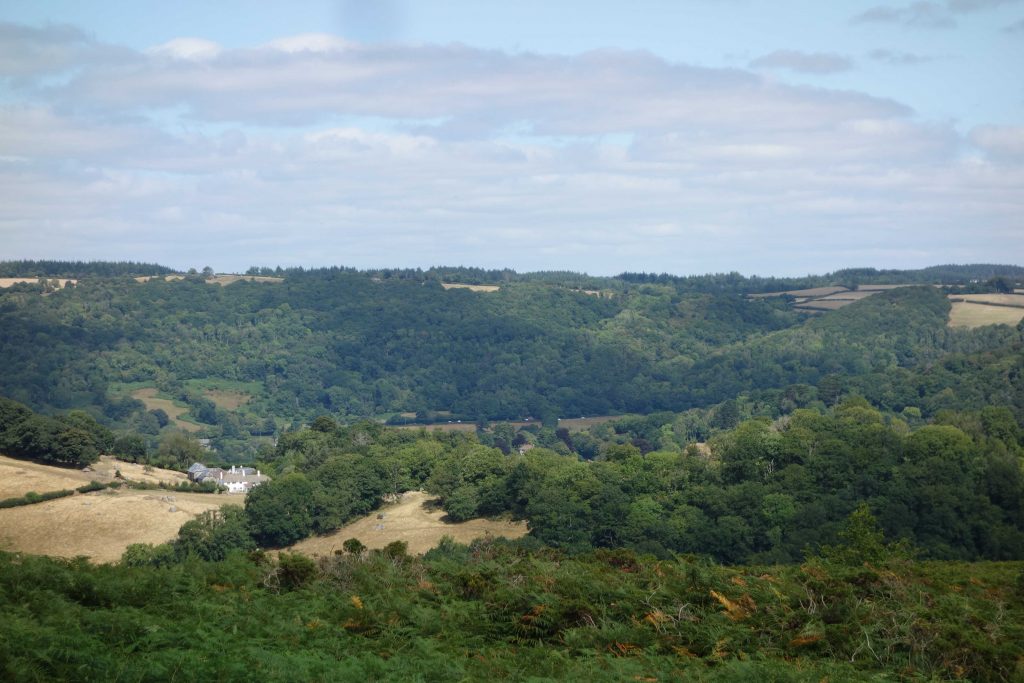
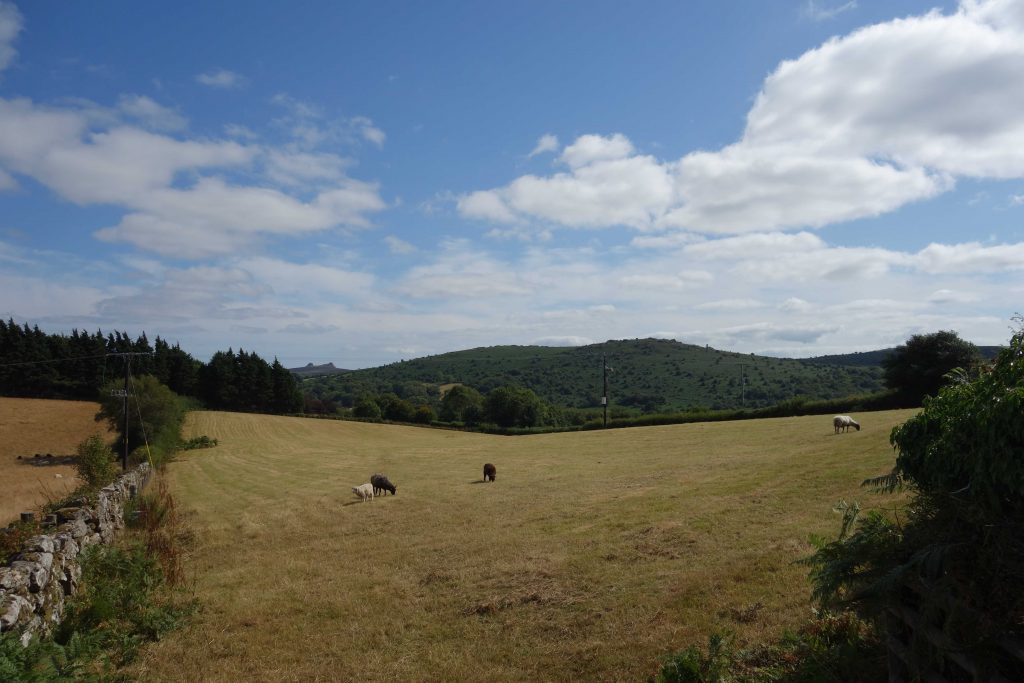
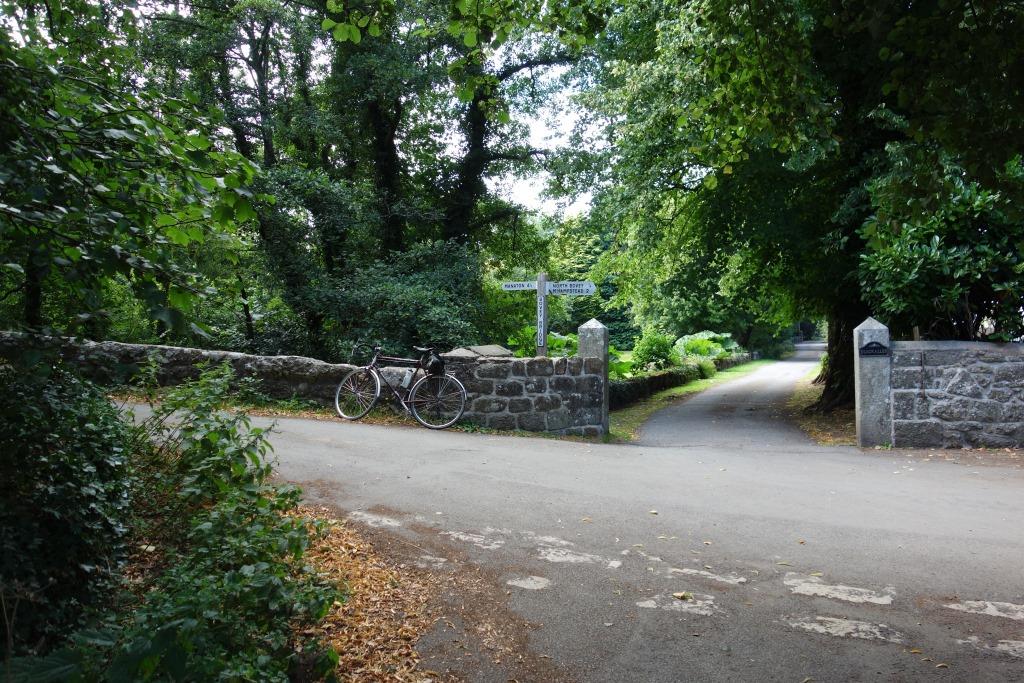
The scout rode towards the old Manor House Hotel and stopped where it came into view.
The hotel began as the Jacobean style country pile of Frederick Smith, the son of W.H. Smith, founder of the High Street stationers. Construction began in 1907 and was finished early in 1908. The 5,000-acre estate included North Bovey.
In 1928, the Great Western Railway bought the house and 200 acres for conversion to an hotel, which was opened in 1929. It became one of the four grand hotels owned by the company. The others were Tregenna Castle, St. Ives; Fishguard Bay, Fishguard; and Great Western Royal, part of Paddington Station. They eventually became part of British Transport Hotels, a division of British Rail.
The scout had lunch at the Manor House with his Father in 1974, when all the silverware still bore the G.W.R. imprint.
As part of the breakup of British Rail, in 1983 the hotels, greatly undervalued, were sold to the private sector. The scout remembers his pal, who represented staff at Sectional Council, having to defend hotel workers at the Manor House who had suddenly been cast from the fold. The hotel had changed hands again 48 hours after the original sale.

It continues today as Bovey Castle—the name given to it by Peter de Savary—part of the Eden Hotel Collection.
The scout thought it only decent to buy a drink in return for access to the terrace and so he asked the foreign fellow on the door if the place was open to non-residents. He politely told the scout where he would find the bar, adding that the Smith’s Brasserie was “more modern.”
The bartender responded to the scout’s request for a cold beer by handing him a folder and advising him to find a table. He sat for ten minutes or so at a messy table on the terrace, observing the other drinkers, but no waiter even saw him, so, after taking a photograph, he went to the Brasserie and ordered a pint of Salcombe Breeze, a refreshing lager, at the bar. The £6.75 he paid in cash was not unreasonable for a place where a chap might expect to be robbed.
A loudmouth dominated the small number on the separate terrace. The scout chose the table furthest away and again observed the patrons. It would be easy to remark that it is an upmarket place which attracts a downmarket clientele. The scout wondered what the Great Western management would have made of today’s dress; hardly anyone fitted the “smart casual,” which might once have applied; jeans and loafers seemed to do. The scout, having puffed up numerous hills, was dressed in linen shirt, trousers and laced leather shoes. No one would have guessed that he was a cyclist, except perhaps by getting close to him.

He got back to Christow in 35 minutes after having ridden 37 miles.
